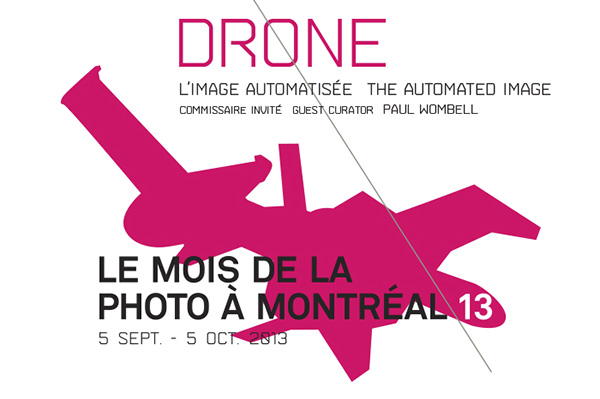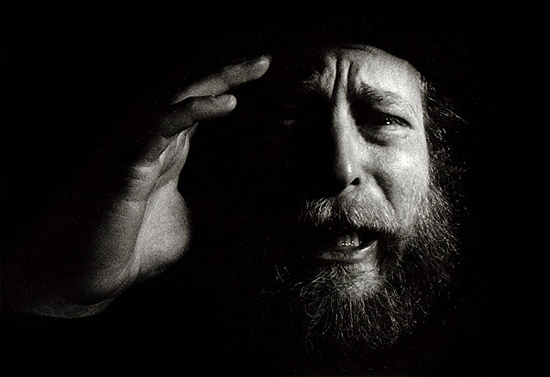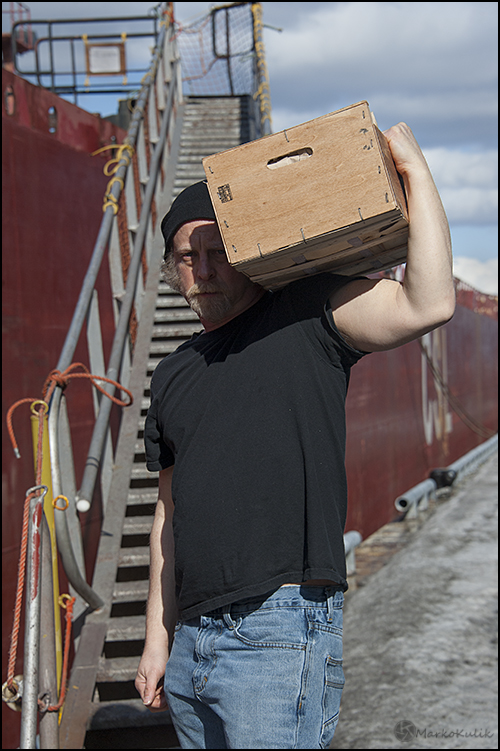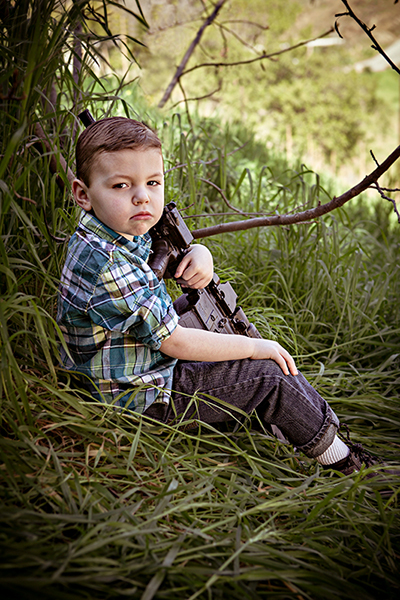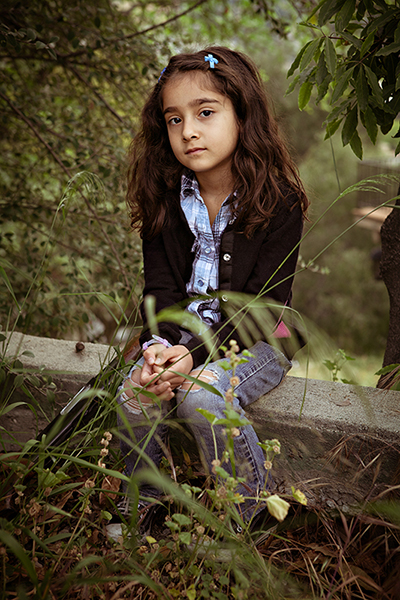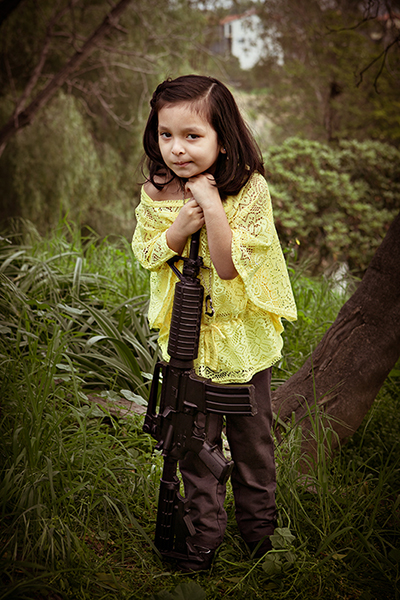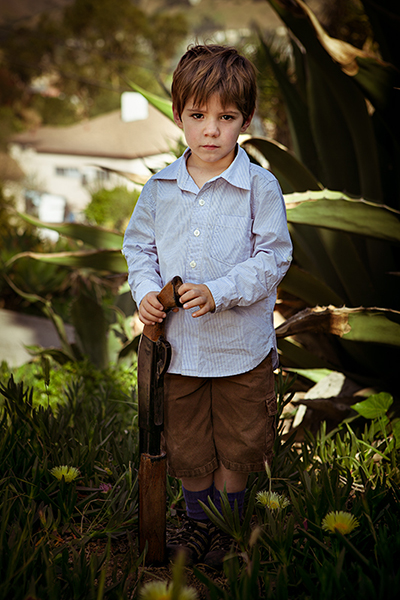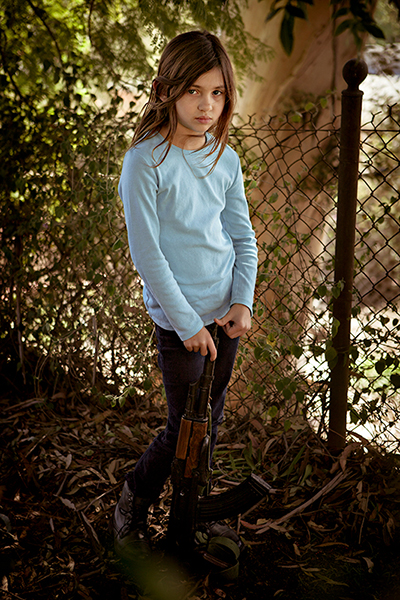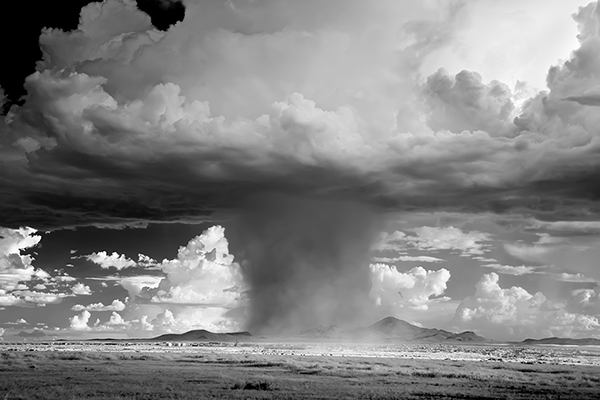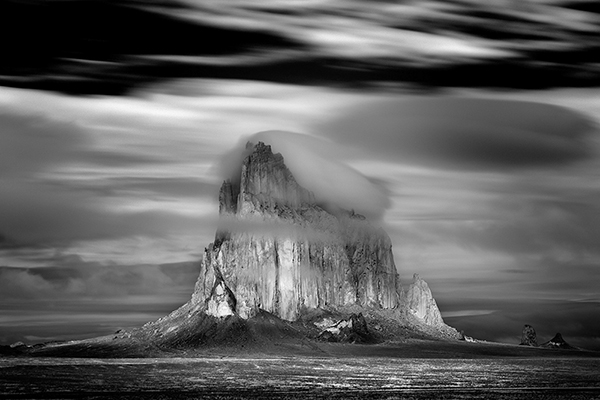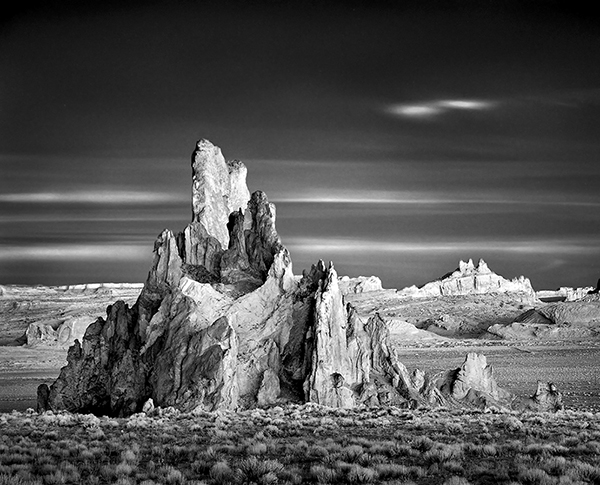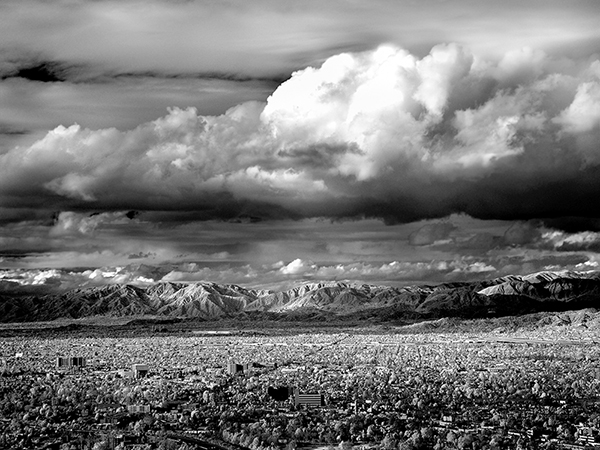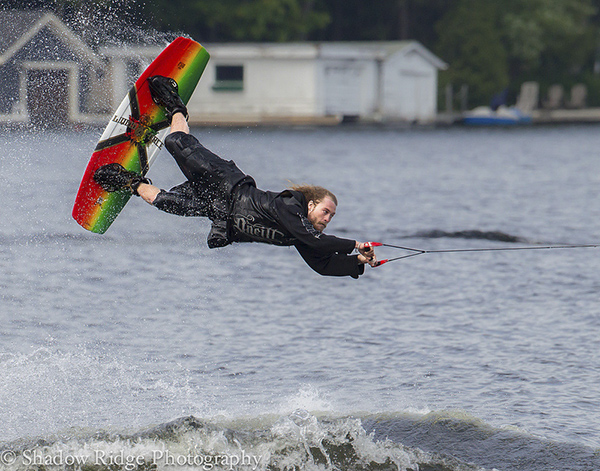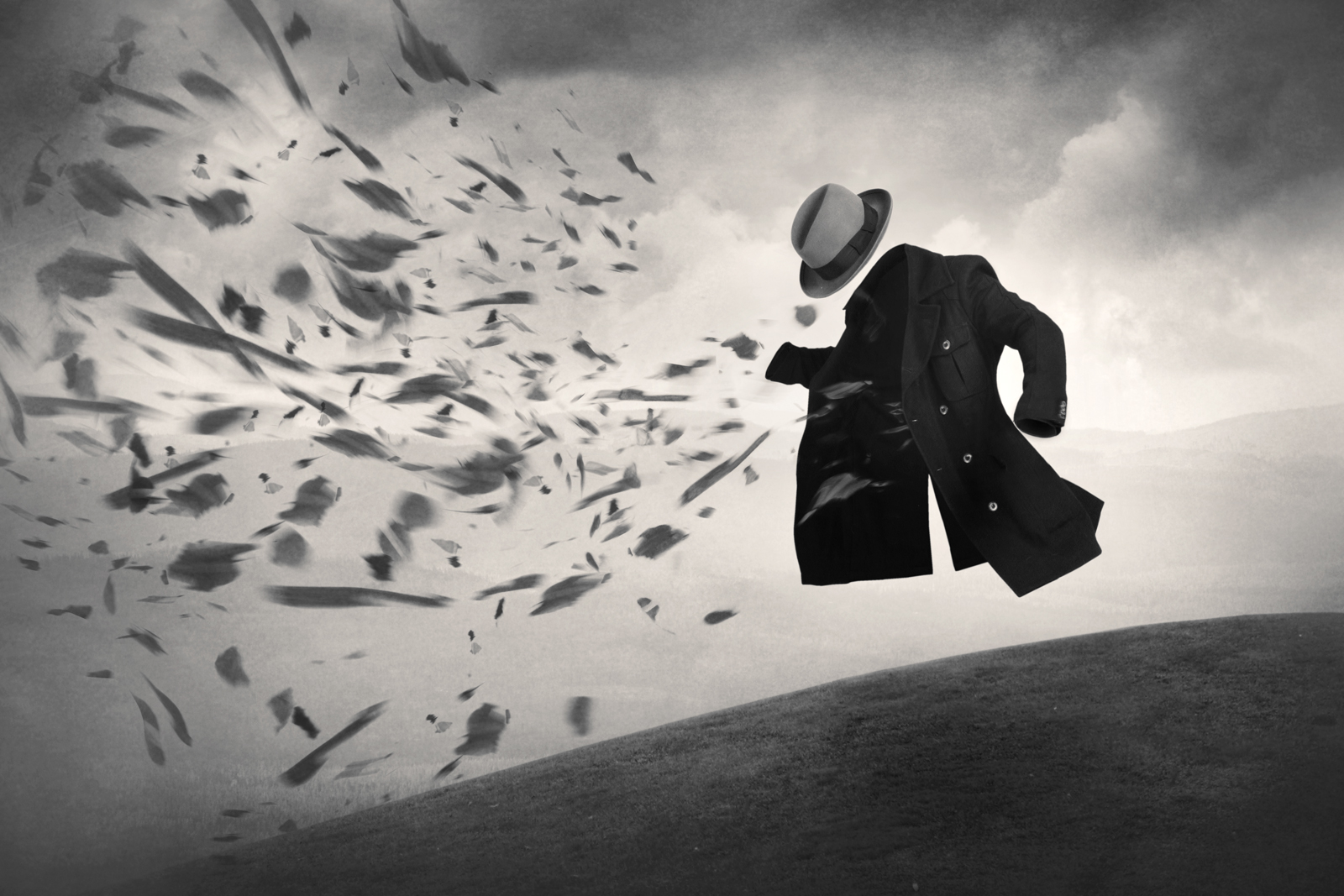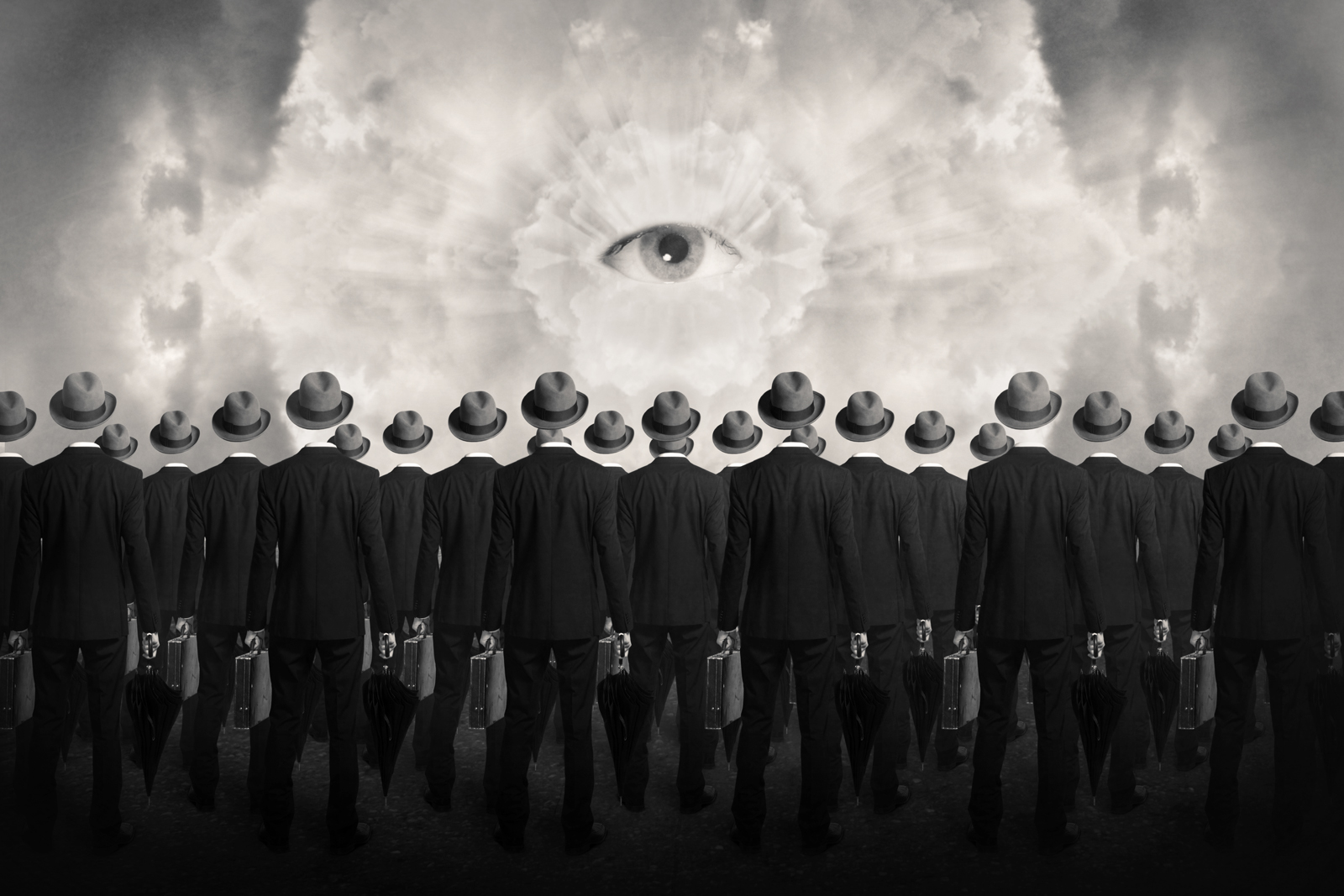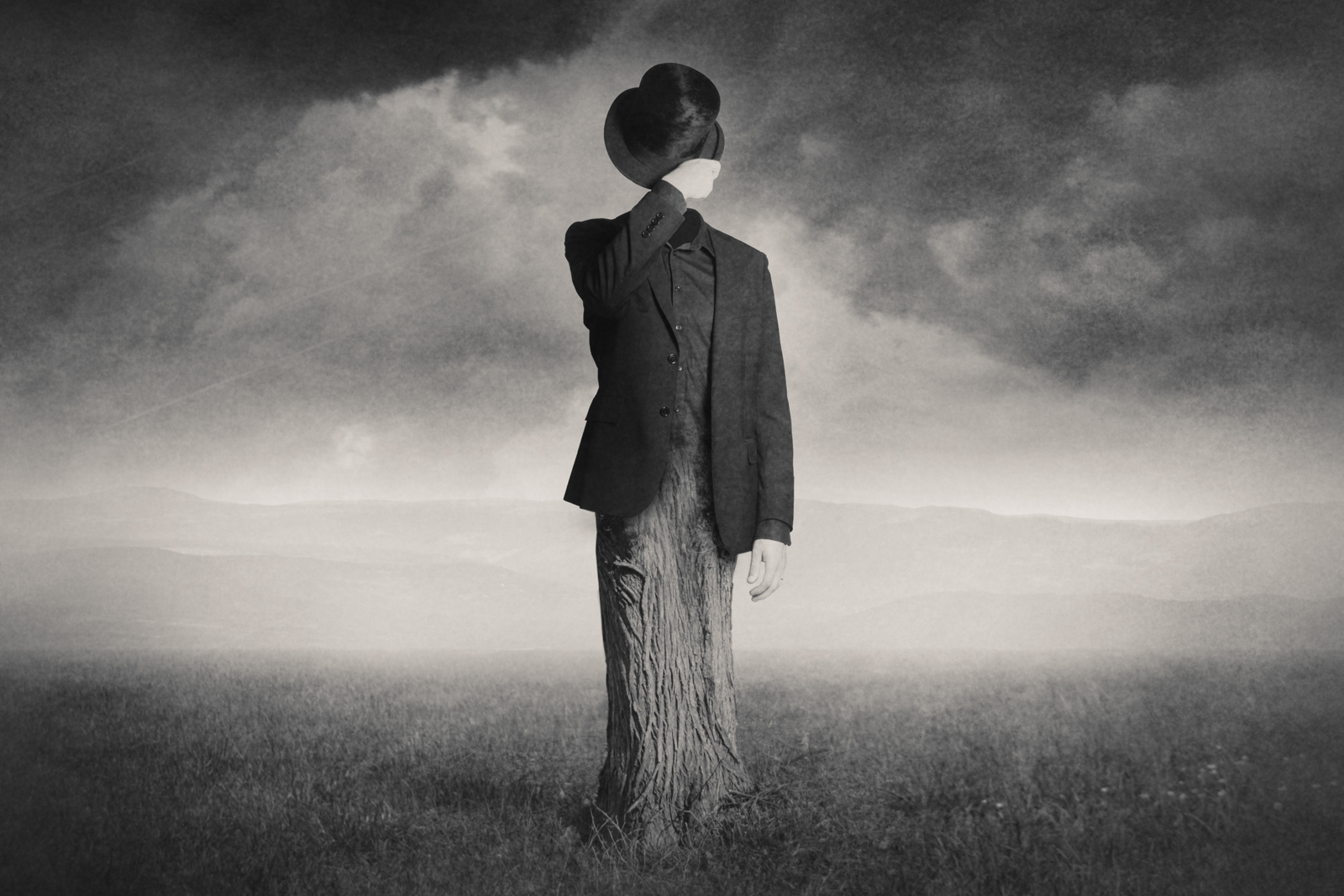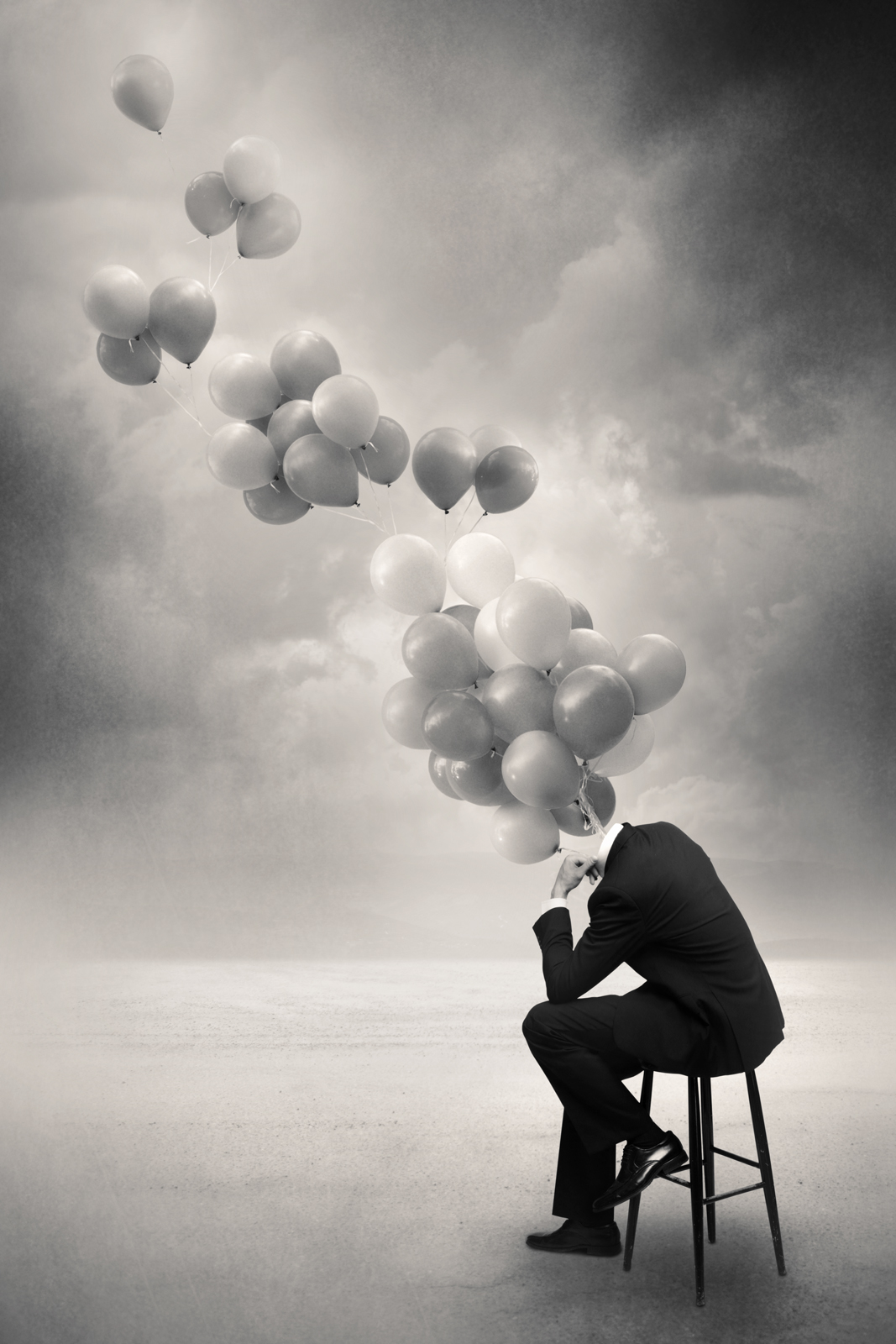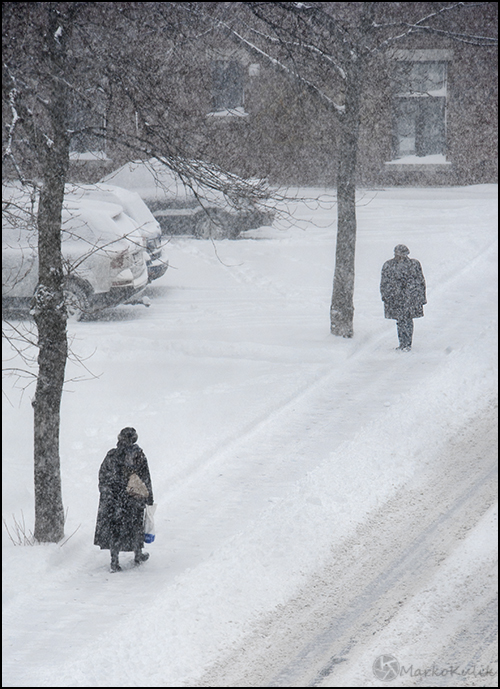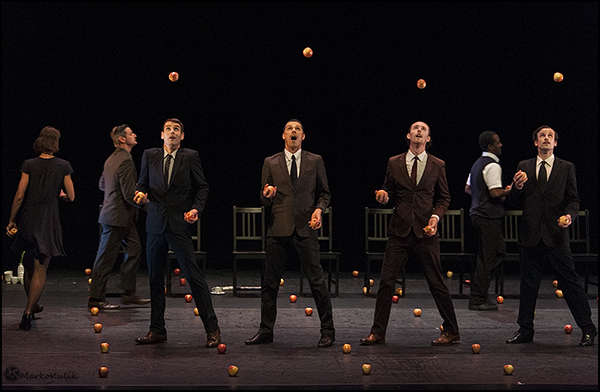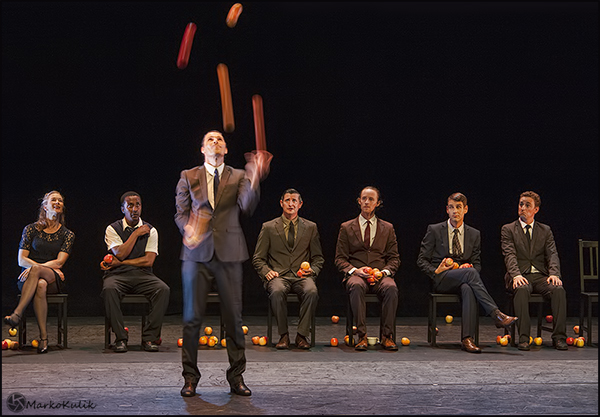Photography podcast #122 features an interview with Royce Howland where we discuss how large we can print our photos. These days cameras of all kinds are everywhere and if we want to make big enlargements from those cameras we need to know how big we can print the image before it starts to look bad. Royce offers up tips on how to make ‘the best enlargement’, ‘a better enlargement’ or ‘a good enlargement’ based on the camera, the printing material, the subject matter and some other factors.
Thanks to The Camera Store (The largest camera store in Calgary, Alberta, Canada) for sponsoring the Photography.ca podcast!
To recap the math in this podcast the best images get 300 pixels per inch. 200 pixels per inch gets you better enlargements and 100 pixels per inch yields good results. To get an idea of the possible enlargement range, we divide the image pixels of our camera by the PPI to get inches of print size.
Our theoretical 6 megapixel camera produced images of 3000 x 2000 pixels. So a good enlargement could be 30 x 20 inches, better could be 15 x 10 inches, and best 6.7 x 10 inches.
If we look at a 12 megapixel image (from a Canon 5D for example) the pixels are 4000 x 2666. So a good enlargement could be 40 x 26.7 inches, better could be 20 x 13.3 inches, and best 13.3 x 8.9 inches.
If we look at a 24 megapixel camera the pixels are 6000 x 4000 so we could have a good enlargement of 60 x 40 inches, better one of 30 x 20 inches and best one of 20 x 13.3 inches.

7.5 megapixel camera phone shot by Royce Howland. This image could easily be printed 20 inches high.

37 megapixel medium format camera image by Royce Howland. This image could easily be printed 45 inches high.
Links /resources mentioned in this podcast:
The Digital Negative by Jeff Schewe
Perfect Resize
Qimage Ultimate
September regular assignment — Shoot from a high perspective
September level 2 assignment — Shoot into the light
Illuminite — Photography exhibition by Marko Kulik
If you liked this podcast and want to review it on Itunes, this link gets you to the main page
If you are interested in writing for our blog please contact me photography.ca ( A T ) G m ail Dot co m (using standard email formatting)
Please join the Photography.ca fan page on Facebook
My Facebook profile — Feel free to “friend” me — please just mention Photography.ca
My Twitter page — I will follow you if you follow me — Let’s connect — PLEASE email me and tell me who you are in case I don’t reciprocate because I think you are a spammer.
If you are still lurking on our forum,
feel free to join our friendly ![]() Photography forum
Photography forum
Thanks as well to everyone that sent comments by email about our last podcast. Although ALL comments are appreciated, commenting directly in this blog is preferred. Thanks as well to all the new members of the bulletin board. Most of the links to actual the products are affiliate links that help support this site. Thanks in advance if you purchase through those links.
If you are looking at this material on any other site except Photography.ca — Please hop on over to the Photography.ca blog and podcast and get this and other photography info directly from the source. |Subscribe with iTunes|Subscribe via RSS feed |Subscribe for free to the Photography podcast — Photography.ca and get all the posts/podcasts by Email
You can download this photography podcast directly by clicking the preceding link or listen to it almost immediately with the embedded player below.
Thanks for listening and keep on shooting!
Podcast: Play in new window | Download

